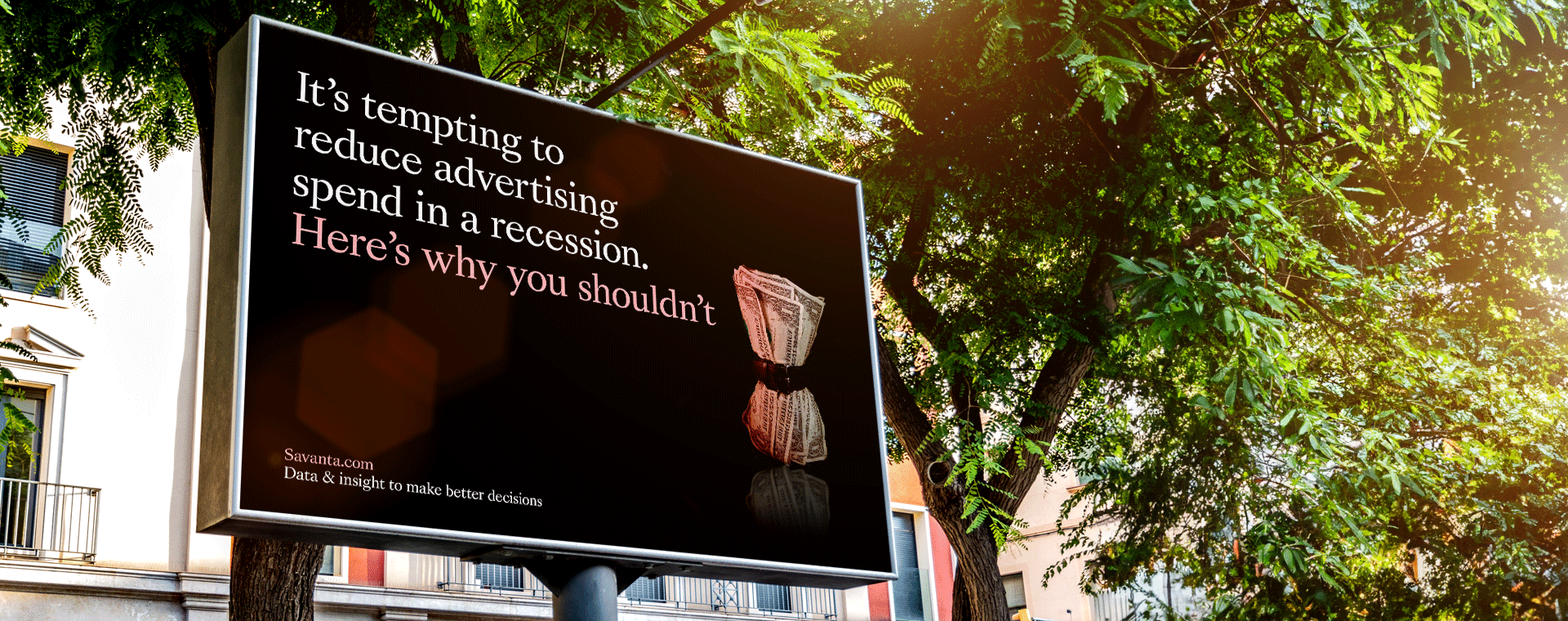
Most Americans feel that more needs to be done to address sexual harassment and women’s safety.
Forms of sexual violence and harassment, from unwelcome sexual remarks and gestures to unwelcome touching, sexual assault, and rape, are an everyday occurrence for women. Women have learned to be wary and protect themselves once entering different spaces, both in public and in private.
45% of women hold their keys or other objects for self-defense, as opposed to 22% of men.
See HERE all measures taken by women to feel safer in public, with percentages highlighting what women choose to do most.
Although workplace and domestic violence have become more widely recognized as a human rights violation, with policies put in place to ensure men and women are protected, public spaces are often neglected. Few laws and policies are put in place to address forms of sexual violence in public spaces, with micro-aggressive acts of sexual harassment being completely overlooked.
Women experience all forms of sexual harassment
New data from Savanta points out that 69% of Americans have experienced some form of harassment in their lives, with women experiencing forms of harassment far more than men do. Savanta data reveals that females are more likely to be stared at, face in-person inappropriate comments or jokes, be cat-called, face unwelcome sexual advances, and endure unwelcome touching, groping, or body rubbing than males.
Females are protecting themselves more than men.
Women also feel the need to take different measures to protect themselves in public. Savanta reports that women are more fearful in public than men. For example, more females tell family and friends in advance where they were going than males. 45% of women hold their keys or other objects for self-defense, as opposed to 22% of men. 45% of women are more likely to text a friend when arriving home and are more likely to fake being busy on the phone (40%) than males with 19% and 17% respectively. Also, more females are likely to give out incorrect information about themselves than males (a fake phone number, first name, etc.).
Men aren’t doing enough.
Some men are helping women feel safer, but there is work to be done. 32% of American males accompany female friends or family if they plan to walk alone. 26% of males avoid walking too close to a woman, 22% of American males directly intervene in a situation where a woman was being harassed. 21% of the males call female friends or family if they walk alone, 21% of the males pretend to be the friend/partner of a woman being harassed, and 20% of males smile at a woman with the intent of putting them at ease.
No one is doing enough.
These numbers are not comforting. We can do more to protect women, and the data shows that I’m not alone in this view. 64% of Americans believe that police need to do more, 60% believe that men need to do more, 52% believe that government needs to do more, 51% of the American believe that women need to do more, 51% believe that employers need to do more, 47% believe that schools need to do more, and 46% believe that parents need to do more to better support women safety.
Where do we go from here?
Police reform can tackle measures to increase trust with females in their communities, and 64% of Americans agree. A report from The National Domestic Violence Hotline indicates that many survivors feel that law enforcement fails to investigate domestic violence cases appropriately resulting in underreporting of these crimes. Only 16% of men and 9% of women have complete trust in the police’s ability. In some cases, the victim feels threatened with arrest rather than the offender. The study reveals that officers believe that domestic violence is sometimes justified.
The numbers are daunting, but we can start the process at home. Of course, we need to talk to our daughters about sexual harassment, but also our sons. This data can help us teach our boys measures to help the females around them feel safe.
Our local and national government can protect women through increased laws against domestic violence and sexual harassment at work, in public, or in educational facilities. Members of the community should look to support local candidates who are running for office and amplifying women’s rights and donate towards organizations that are doing the same.
There is no denying the numbers. Savanta data aligns with what we are all seeing in the news and what many of us have experienced first-hand. Sexual harassment is not about sex, it’s about recognizing and calling out micro-aggressions. It is about allyship for all genders when confronted with anti-feminist behavior.
In case you missed, our infographic on precautions taken by women to feel safer, click HERE





